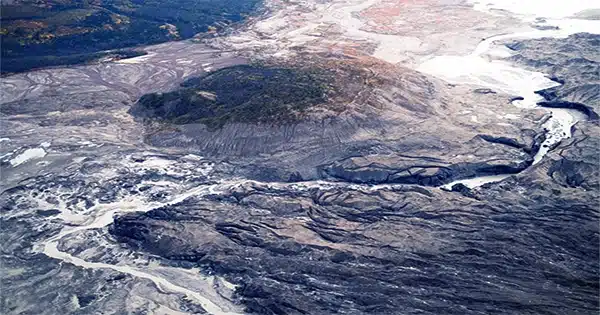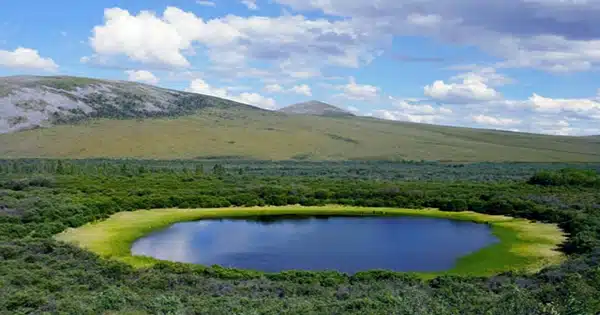In high-latitude regions of North America where permafrost dominates the landscape, increasing streamflow is being caused by rising temperatures and shifting precipitation patterns.
“We saw long-term trends of increasing streamflows in the Arctic that reflect how deeper layers of the permafrost are thawing and releasing water,” said Katrina Bennett, a hydrologist at Los Alamos National Laboratory and the lead author of a recent paper on permafrost streamflows in the journal Frontiers in Water. As the Arctic climate warms, we discovered that all locations with at least some permafrost coverage were generally seeing higher streamflows overall and higher minimum flows.
Bennett examined numerous, complex data sets for hydrology in the permafrost region with a team from Los Alamos and the International Arctic Research Center at the University of Alaska Fairbanks.

The analysis shows that over the 46-year study period, increased streamflow from permafrost melt has been trending upward due to increases in precipitation and higher temperatures brought on by climate change.
The study found that over the last 32 years, other factors, such as the amount of permafrost coverage, have grown in significance.
Mean streamflow significantly increased in regions with more than 50% permafrost coverage, although increasing minimum flows were observed in all regions, including those with far less permafrost coverage.
According to Bennett, maximum streamflow and its timing are moving differently in permafrost-dominated locations, with large increases occurring in the fall and winter.
According to Bennett, “these results seem to indicate that permafrost is playing a focal role in changing trends across all components of the streamflow seasonally.” In more recent years of the study, “we seem to be seeing enhanced thawing of frozen grounds, as the high latitudes experience more precipitation and warmer temperatures.”















